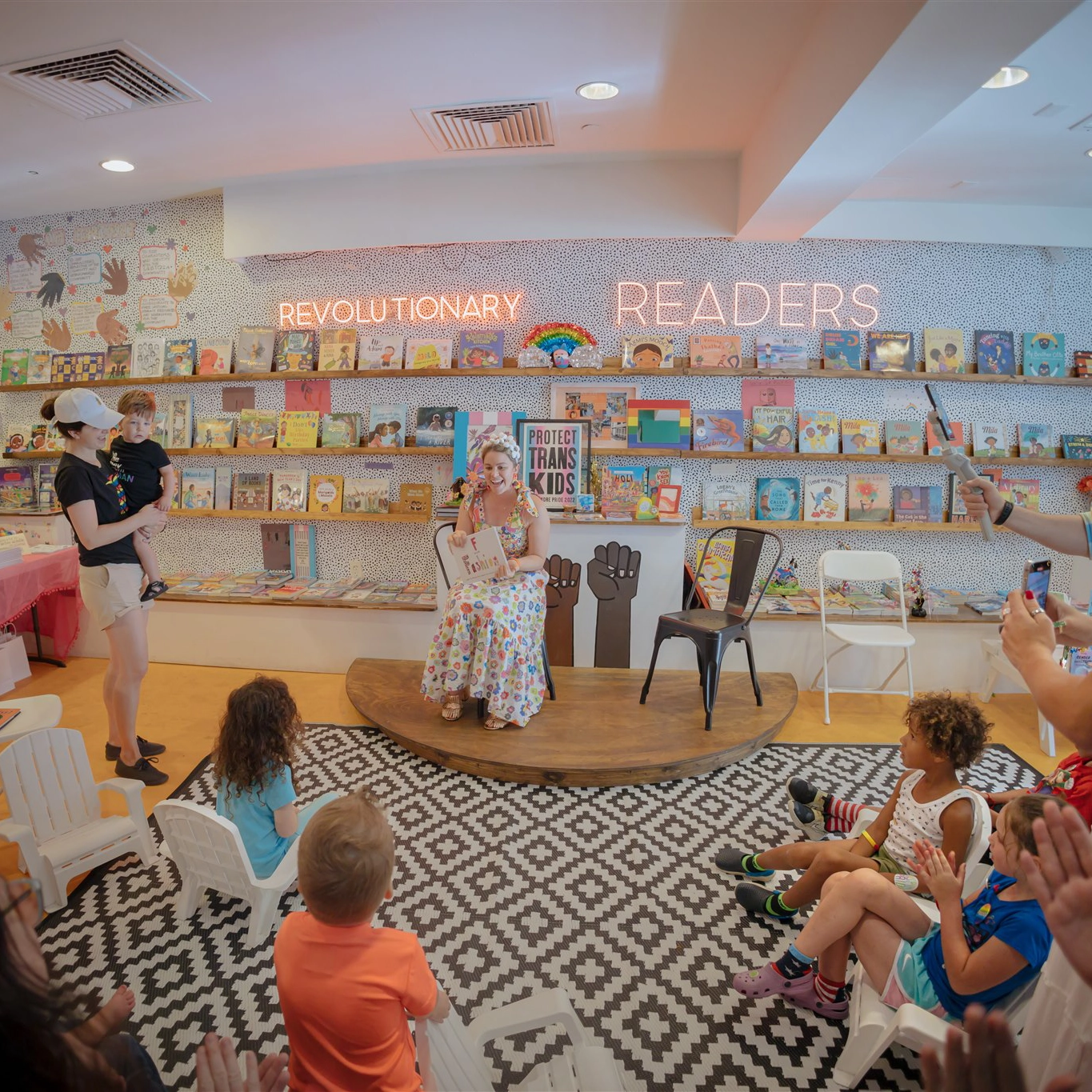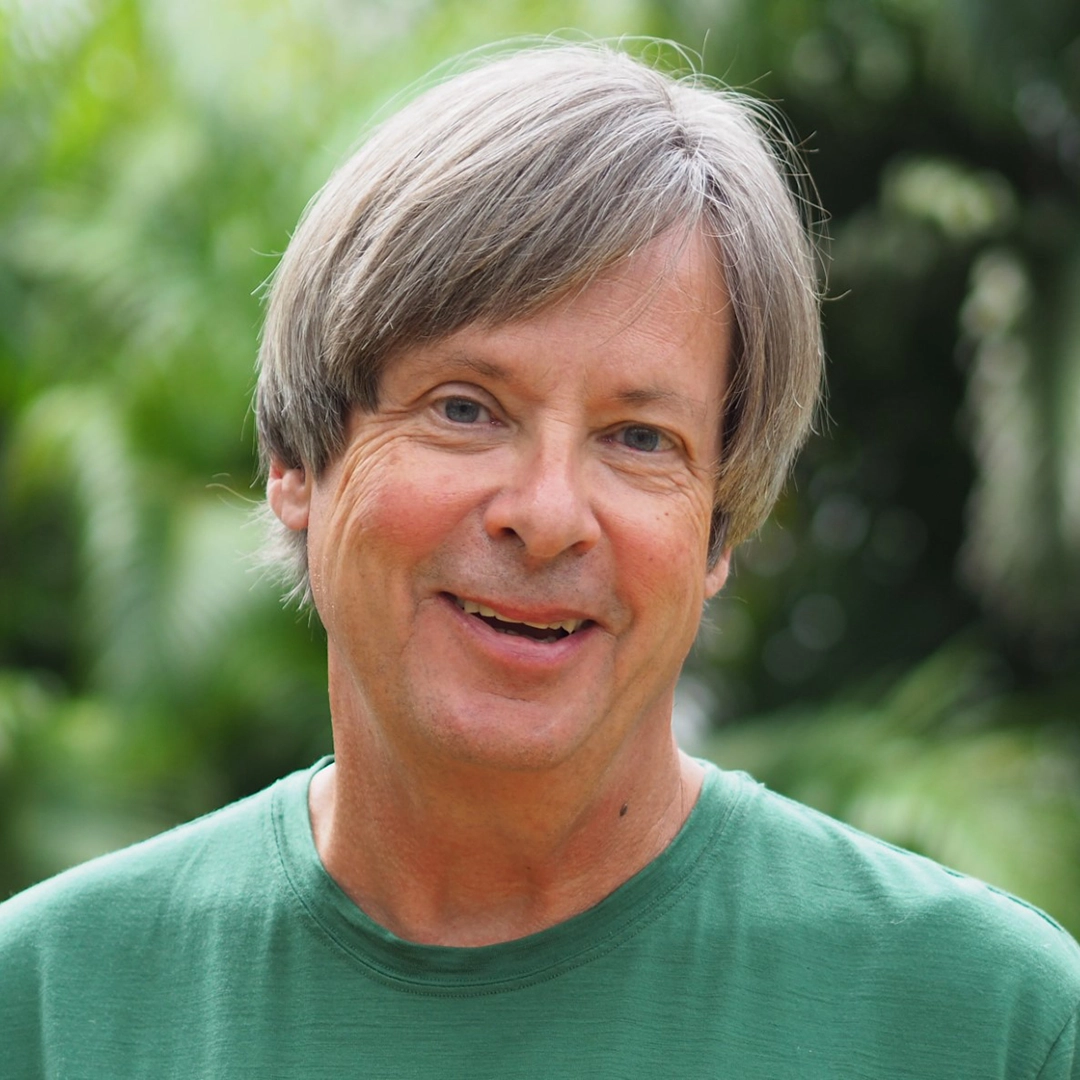by Katie Hendrick | March 1, 2017
3 Must-See Masterpieces
Escape into the wonderful worlds of Florida’s greatest developers.

THE HENRY B. PLANT MUSEUM
Tampa
In 1891, railroad, steamship and hotel magnate Henry Plant spent $3 million to build a 511-room Moorish Revival resort known as the Tampa Bay Hotel. It had an 18-hole golf course, a flower conservatory and a heated swimming pool. Crippled by the Great Depression, the hotel closed in 1932 and later became home to the University of Tampa. The city restored a portion of the building as a museum chronicling Plant’s big influence on Florida’s fascinating tourism industry. ut.edu/plantmuseum

WHITEHALL (THE HENRY MORRISON FLAGLER MUSEUM)
Palm Beach
Oil and railroad tycoon Henry Flagler built this 75-room, 100,000-square-foot mansion in 1902 as a wedding present for his wife. He commissioned John Carrere and Thomas Hastings, the architects of his Hotel Ponce de Leon in St. Augustine, who trained at the École des Beaux-Arts in Paris. Built around a central courtyard, Whitehall’s distinguishing features include massive marble columns, a red barrel tiled roof and a wrought iron fence. Its interior design reflects styles such as Louis XVI and the Italian Renaissance. flaglermuseum.us

VIZCAYA MUSEUM
AND GARDENS
Miami
James Deering, an innovator in farm machinery, admired Miami’s Coconut Grove neighborhood for its lush landscape and deemed it perfect for his subtropical interpretation of an 18th-century Italian villa. Built between 1913 and 1922, each side of the home has a special relationship with the surrounding grounds. For instance, on the north façade, a swimming pool emerges from vaulted arches; the east features a terrace that extends over Biscayne Bay. vizcaya.org





